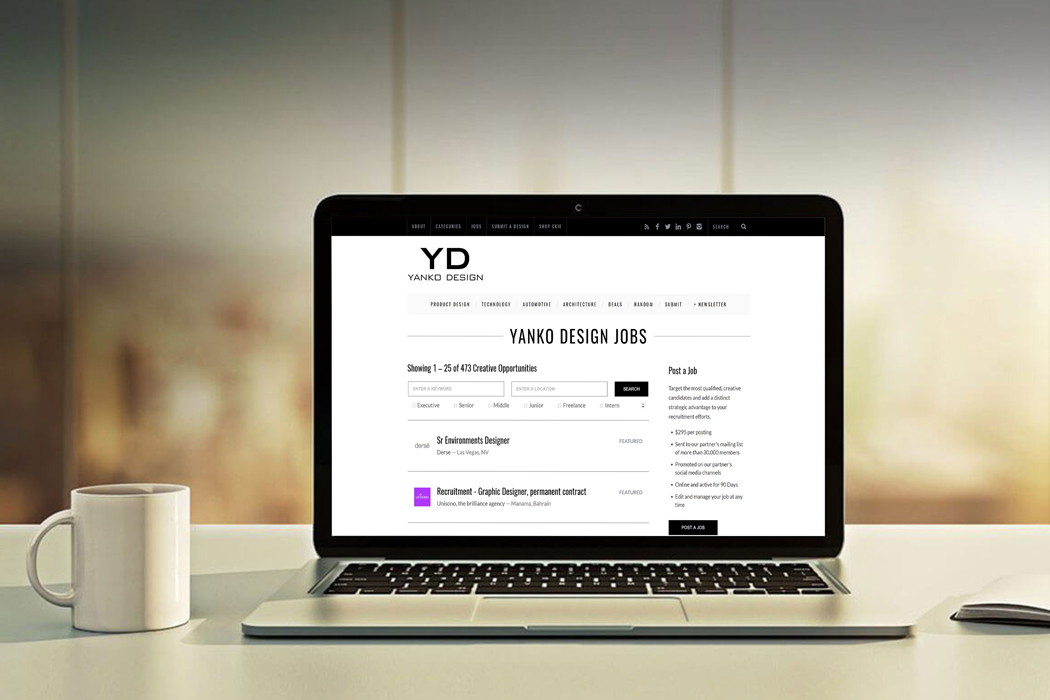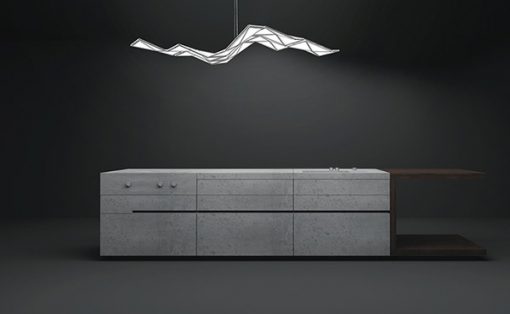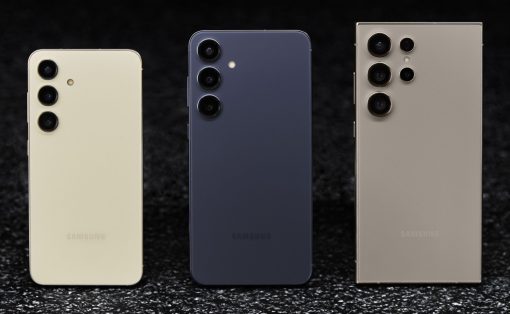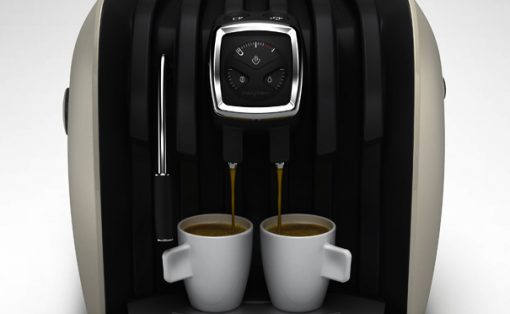User Experience Design. The past decade has been stormed by this latest (although it has been an integral part of Industrial Design for years) field of design! Simply speaking, user experience design is about transferring our existing process and applying it to a digital medium. But as the technological advancements have grown, this nascent field has come up with its own sets of rules and preferences, which are also evolving as the medium evolves. To understand more about transferring the knowledge from Industrial to UX Design, the write-up by Jake Deakin takes about his personal journey as he becomes a User Experience Designer.
Recruiting a designer? Post a job with us to source the best talent for your requirement.
Looking to switch over to a freelance career? Check out YD Job Board to work with some of the best design companies in the world!
The Beginning — My Story
I’ve made a career out of pushing myself to do things I was totally unqualified for. I graduated from university with an honors degree in industrial design. At the time, the scene was rough – not much was happening for any industrial designers, let alone graduates. I took a risk and decided to drop industrial design and try working purely as a user experience designer (UX)… Fast forward, I’m now working as a product designer at MYOB in AU.
Why UX? In my final year of uni, I completed my thesis on a human-centered design approach to the patient experience of a healthcare center. This project had a large digital component to it, and during that time I was introduced to the famous ‘UX team of one’ book, which opened my eyes to the field of UX. To me, it was the digital equivalent of industrial design, but it focused more on the user than the product — something that in my opinion industrial design lacked.
Earlier I mentioned dropping industrial design… well, that’s what I thought I was doing at the time. Since my career pivot, I’ve noticed many interesting parallels between industrial design and product design. Although the outputs are different, it’s amazing to see how many of the design principles and processes are the same, even some of the tools I’ve carried between industries.
I hope you find this post both interesting and useful. Hopefully, it helps an early, or even late career industrial designer decide whether UX is a path worth exploring.
The similarities I’ve found along my journey — ID & UXD
There is a number of overlaps I’ve found between both industries. This not definitely not a comprehensive list, but merely an overview of the most common parallels.
- Research
In both fields we utilize research methodologies like ethnography, storyboarding, user journey mapping, interviewing, surveying, diary studies, observation etc. We have the same research goal; to learn as much about the end user as possible. User research offers both fields the opportunity to design experiences that satisfy the user’s true needs, leaving them with an experience that exceeds their expectations and creates long term engagement. - Ideation
In both fields, we generate, develop, and communicating new ideas. Ideation in both disciplines comprises all stages of a thought cycle, from innovation to development, to actualization. As such, it is an essential part of the design process. I’ve found in both fields that I have ideated through journey maps, sketches, mood boards, prototypes, and similar artifacts. - Evaluation & validation
In both fields, we evaluate and validate customers (do we have a customer?) problems (does this problem actually exist?), concepts (does this solve the problem?), experiences (does this solution present any problems?) and technical validation (code/manufacturing). In both fields, this can be done with user interviews, observation, sketching, prototyping and testing. - The end goal
In both fields the end goal is the exact same, we want to create a great product that satisfies our user’s needs. The medium we use to achieve this may be different, but the goal remains the same.
The differences & my suggestions for adapting
There are also a variety of key differences between these two fields. For me, these differences were unavoidable challenges I had to overcome. At the bottom of each subject, you’ll find my suggestion on adapting to these differences.
- Physical vs. digital… Tangible vs intangible
There have long been physical products with digital components, as our world becomes smarter, the overlap of will only increase making this pointless of a difference and more or a similarity. However, the most obvious difference between the two disciplines is that industrial design addresses tangible products and UX primarily focuses on intangible products. As an industrial designer, whether you work on automotive, homewares or POS, as the outcome is tangible it requires three-dimensional rationale during all phases all the design process. Juxtaposed to this, as UX is mostly intangible, you’ll be applying your skills in two dimensions. Whenever I crave creating something tangible, I do it… There are many ways you can create tangible artifacts in UX design. However, you will miss creating 3D products. - Teams
While working in industrial design an average day was spent alongside a design manager, a few senior/midweight designers, customers and possibly a manufacturer. In UX it’s completely different (subject to where you work). In my current role on an average day ill spent my time alongside a design manager, multiple senior/midweight/junior designers, business analysts, product managers, developers, a data scientist, and customers. In my experience, UX teams tend to be bigger, and paired with many other roles. My suggestion is to learn about working with these roles and see if it interests you — in my case, it did. I enjoy having the opportunity to learn from a diverse range of thinking. - Tools
While working in industrial design I spent most my time in Solidworks, 3DSMax, Keyshot and the Adobe Suite. However, in UX my tools of choice are Sketch, Invision, and Principle. No matter the industry, as technology evolves, tools will continue to change throughout our careers. My suggestion for the transition is that you forget about it. Instead, you focus on constantly stay up to date with the fundamentals of design (elements/principles) and they’ll be transferrable to any tool you’ll use. - Manufacturing vs Development… Perfection vs Imperfection
Manufacturing requires perfection, without perfection the product will not work as intended. In development, you face the problem that perfection never ships (get released to the public), it gets stuck in an endless loop of always being improved. Unfortunately, the only way to successfully ship a product is to ship the imperfect product (something I didn’t want to accept). The good news is, in UX you’ll get the opportunity to constantly work on improving the product based on user feedback. I don’t have a suggestion for this, it’s just something you’ll need to accept.
The original write up by Jake Deakin here.








